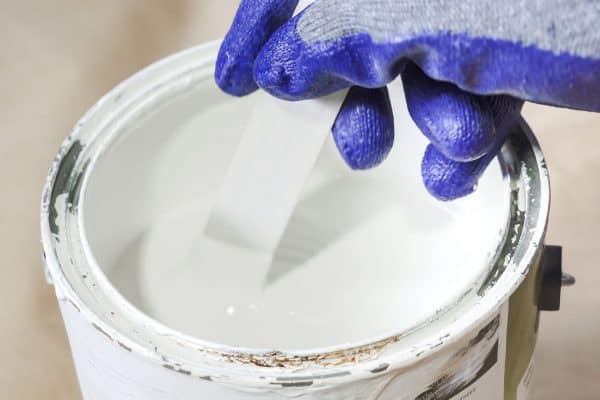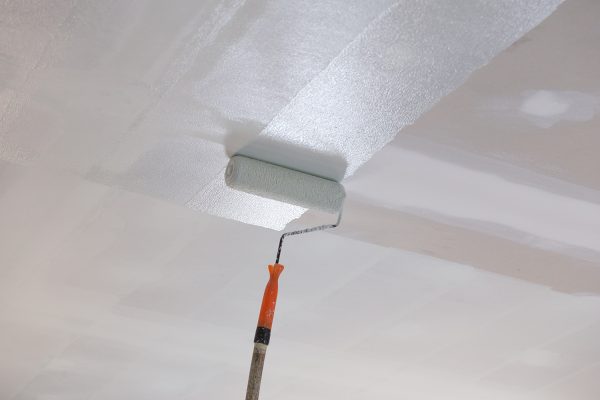Figuring out what color scheme you should use in your home can sometimes be tricky. Do you want to choose a color for your walls, ceilings, or even cabinetry that will reflect plenty of light? What colors best reflect light (besides white) and make your house feel brighter?
We'll answer this question and give a few examples throughout this post.
In general, you want to choose light, soft colors to reflect light. Although there are plenty to pick from, we recommend the following:
- Pastel yellow
- Soft orange
- Light blue
- Lavender
- Light grey
- Blush pink
Of course, any light hue should do an excellent job of reflecting light, but some colors work better than others.
As we begin this article, we will cover all things reflecting light and show you our top color choices for accomplishing this. Whether you're redecorating, renovating, or planning a dream home, we're here to help. With that said, let's dive right into this topic below!
![Modern vintage living room with yellow wall There are - What Color Reflects The Most Light [Besides White]](https://homedecorbliss.com/wp-content/uploads/2022/10/Modern-vintage-living-room-with-yellow-wall-There-are-What-Color-Reflects-The-Most-Light-Besides-White.png)
What Colors Should I Use To Reflect Light In My Home?
For those wanting to reflect natural light throughout their house, you want to choose soft, light colors for your walls, ceilings, and other spaces.
Especially for your walls, you need to find a paint color that fits your aesthetic while also brightening your home. Of course, white comes to mind first, but suppose you don't want bland colors on your walls or ceilings anymore.
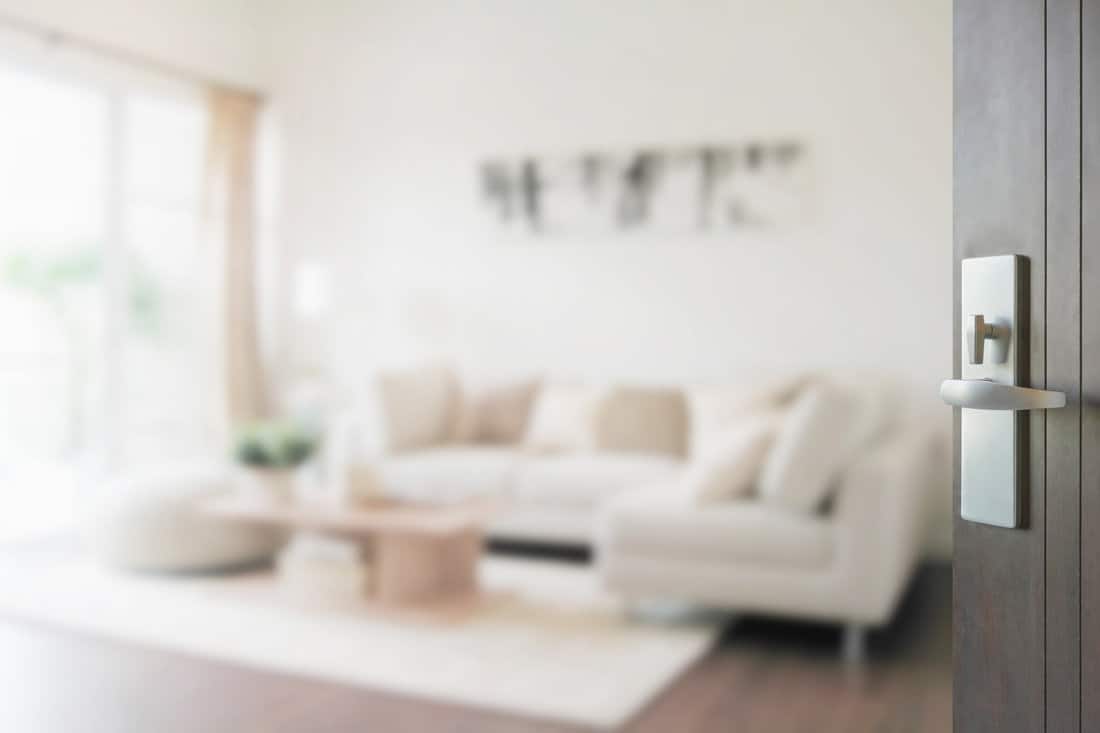
We may include affiliate links and curated AI content to highlight top design styles.
Even though white is a perfect starting point, it doesn't always make a space feel like home. Therefore, you might prefer to choose a more fun hue with a lighter shade, which will reflect light.
This depends on your house's theme and furniture/decor, so everyone will be different.
Pastel Yellow
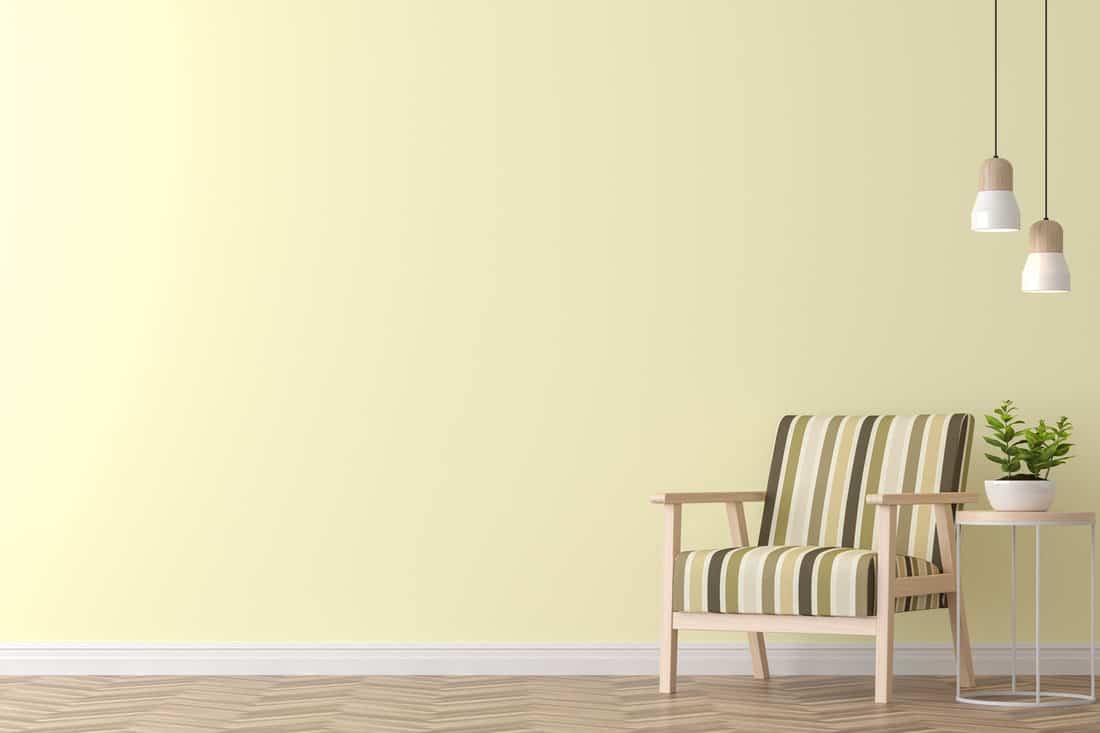
The first color we suggest for those wanting reflection is pastel yellow. Especially if you want to steer clear of dull colors like white, yellow is a perfect alternative.
Generally, softer yellow paint has a cheerful look, which makes it perfect for the kitchen, living room, dining room, or even bedroom.
Furthermore, yellow is a fun way to reflect light while adding warmth to your home. Unlike white, yellow has warm undertones, making it perfect for wood flooring, tile, and other colorful furniture, decor, and cabinetry.
Soft Orange
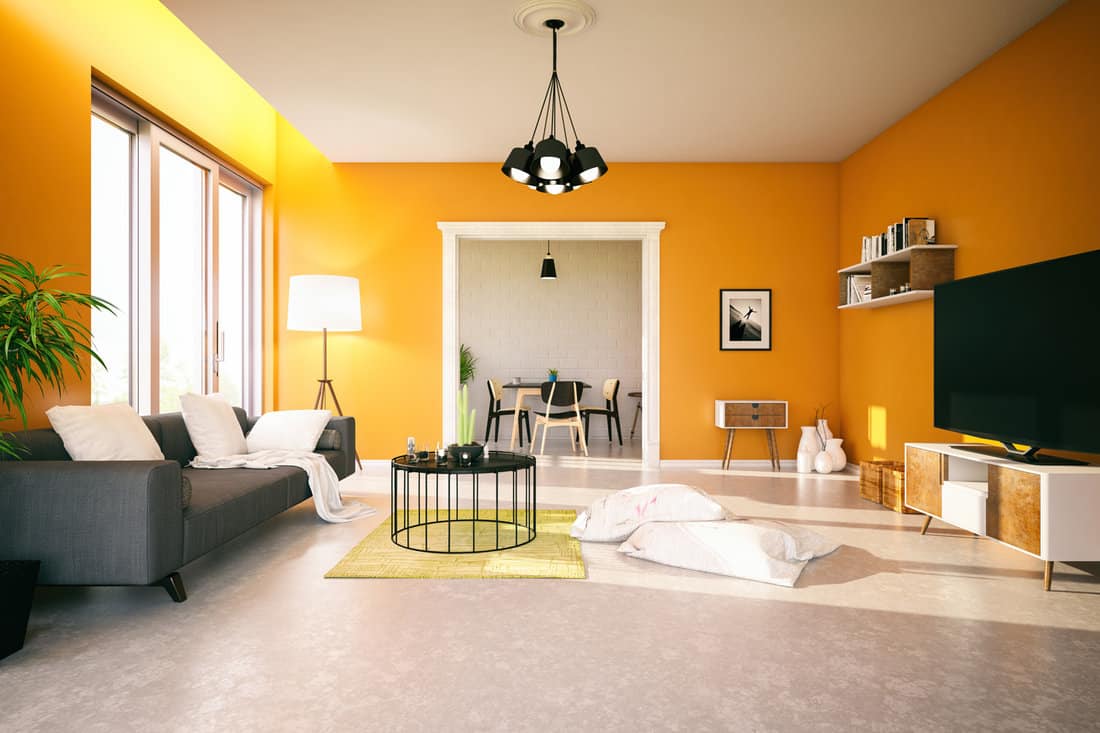
Following a similar theme, we have a soft orange color idea for reflecting light. Even though orange may not be for everyone, it's certainly an easy way to add vibrance to a room.
Like yellow, orange walls could give your house a more welcoming feeling and pair nicely with wood flooring. This is another example of warm undertones on your walls, a common theme for many homes nowadays.
Even though clean and modern will always be the default in home design, warmer colors are certainly returning. Remember, it's your space, so do whatever makes you feel happy and comfortable!
Light Blue
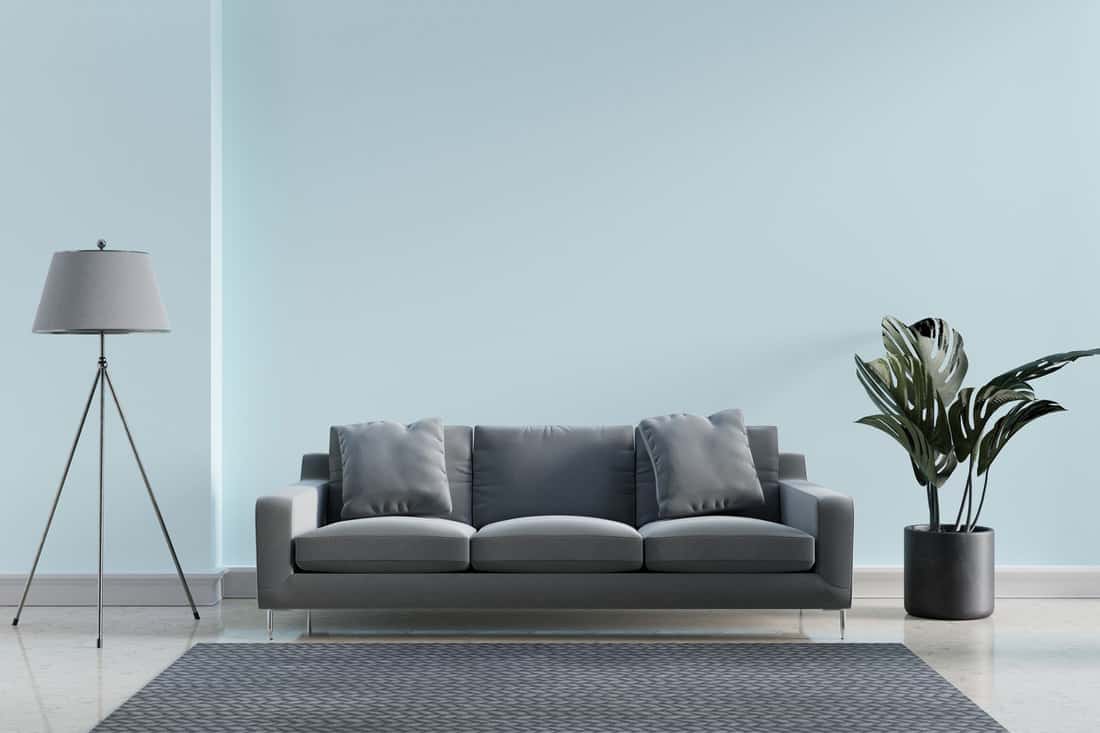
Another great color for reflecting natural light is soft blue. Of the group, this color seems to be the most popular for interior design, as blue goes with just about everything.
Whether you want your house to have an aquatic theme or prefer something more modern, blue is a great color choice to make.
Generally, you want to use softer blue paint on walls in your kitchen, dining room, bathroom, or even living room, pairing it with other bright colors.
Lavender
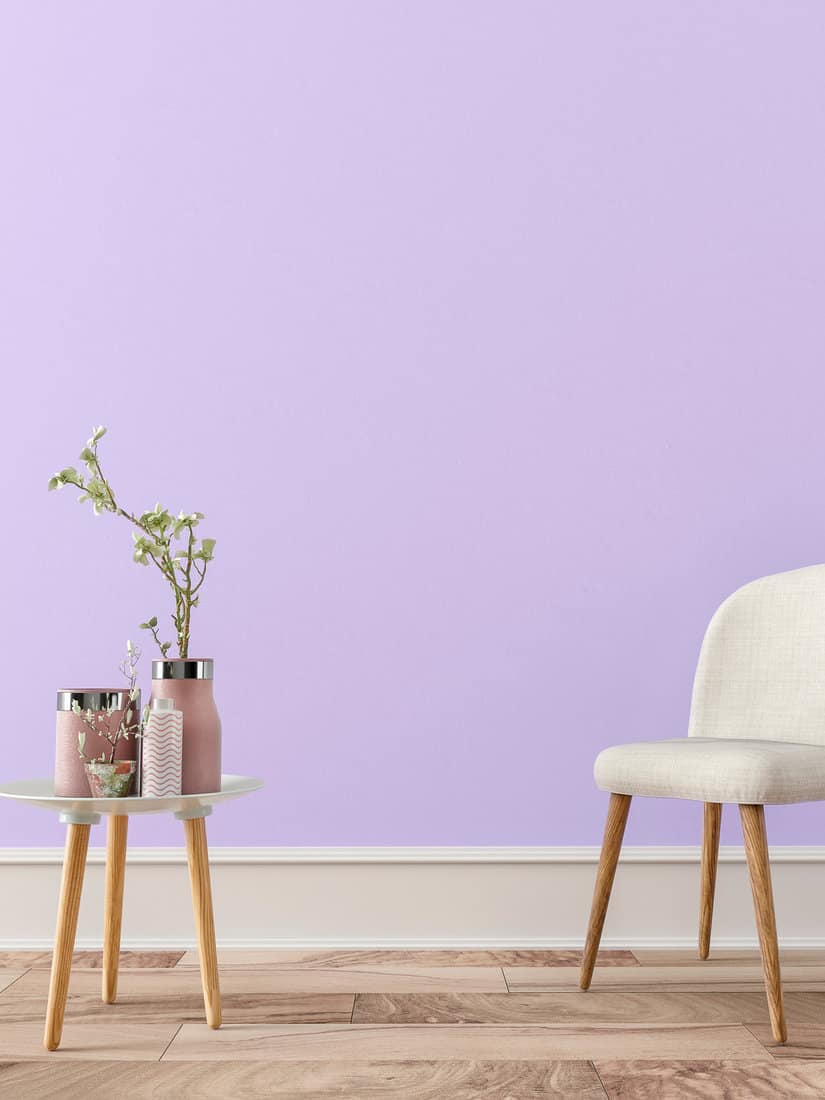
Next, we have a lavender wall idea for reflecting light throughout your space. Unlike most of these shades, lavender has a cooler undertone, making it a perfect transition to modern decor and architecture.
Usually, you can use lavender in bedrooms and bathrooms, as it fits in well with calming spaces. Especially for your bedroom or guest bedroom, creating a bright, welcoming feeling is essential.
Therefore, purple is a great choice, as it tends to be a nice balance of masculine and feminine energy.
Light Grey

The next idea for reflecting light would be soft grey walls or ceilings. Besides being a popular choice for interior paint, light grey gives a room a modern feeling while adding a bit of contrast to your walls.
Unlike white, grey works well with other cool tones, so blue, purple, and even shades of beige/white will be great additions to a grey room.
Here you can see how the grey wall reflects tons of light from the windows into the rest of the living space. Suppose you have a smaller home: using light grey paint could make it feel much bigger.
Blush Pink
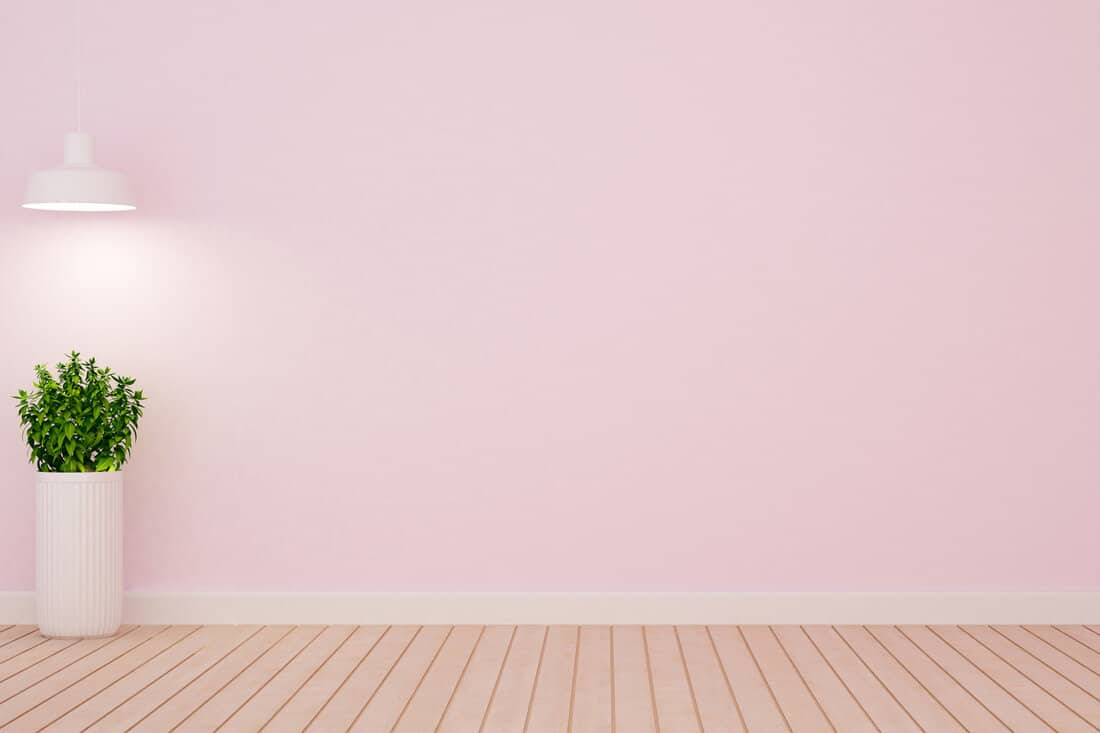
Our final suggestion for reflecting light would be to choose blush pink paint. Generally, pink looks great on living room, bedroom, and even bathroom walls, as it gives your space a warm, welcoming energy.
Of course, you don't have to go crazy with pink, as this color speaks volumes without needing to do too much. Brighter colors, in general, don't always need much extra to stand out, and pink is a perfect example of that.
For your other colors, pink pairs nicely with purple, gold, silver, white, and even different pink shades, so don't be afraid to have some fun decorating!
What Paint Finish Reflects Light The Best?
Once you find the color you want for your home, choosing the right finish is essential. Generally, paints with glossier formulas will reflect natural lighting the best while also being easier to clean and maintain.
According to the experts, paints with semi-high glossiness will do their best to reflect natural and artificial light. So, using these paints in a home with plenty of windows is a sure way to increase the overall brightness significantly.
However, too much gloss on your walls could become an issue if you are sensitive to glare. Additionally, you might prefer a bit more matte for your walls; in that case, we recommend satin formulas.
Think of satin paint as a balance of semi-gloss and eggshell. Satin paint is also a bit more high-end looking on your walls and ceilings, so that can be a big deal to some homeowners.
Will Matte Paint Reflect Natural Light?
Unfortunately, matte paints won't reflect natural or artificial lighting. Since they don't have gloss, matte paint will absorb the light and not reflect it.
This goes for lighter matte paints as well, so that can be an issue for people wanting a more open-air style home. Typically, eggshell and matte formulas work better for your ceilings, as they can control glare in a space.
So, an idea to try would be semi-gloss or satin walls and then matte or eggshell ceilings. Mixing the two paints between various spaces in your house is better so the light reflection doesn't become too distracting.
Paint formula can make or break a design, so assess the wall or ceiling you're painting before choosing a product.
Should My Walls Be Light Or Dark?
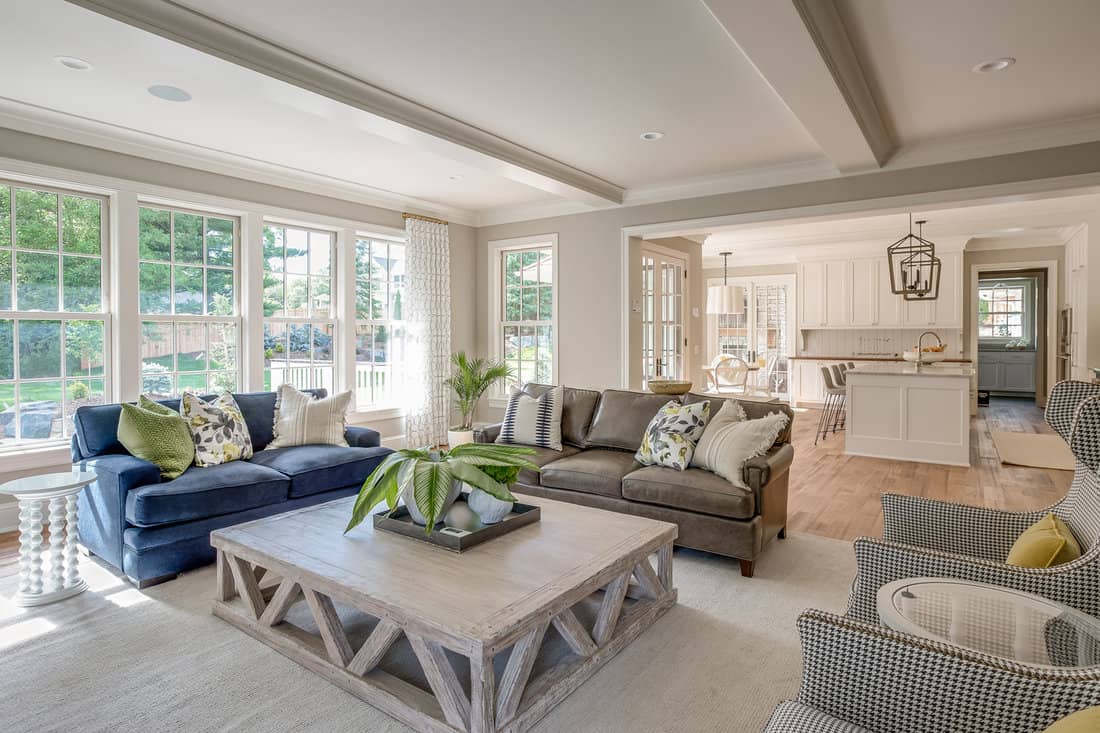
Depending on your home layout and size, light or dark paint can be a toss-up. As we said, lighter hues better reflect light, ultimately making a room feel more open and airy.
Therefore, choosing lighter paint for your walls and ceilings is usually the better option.
However, deeper tones are best if you want to create a moody den or other space. This all depends on the vibe you want and the area you're working with.
Sometimes, people like dark wall paint and a cozier aesthetic, while others want to reflect as much natural lighting as possible. Both ways are fine!
Should The Ceiling Match The Walls?
Although there isn't a set-in-stone way to paint your interior, many designers recommend matching the walls and ceilings. Generally, when you walk through a house, the walls and ceilings share a similar hue.
So, if you want light pink walls, we recommend either following that theme upward or choosing plain white paint to top off your space.
As we said, white seems to be the default for home designing, so when in doubt, choose it!
Furthermore, keeping your ceiling plain and bright will help reflect light and balance your interior. Suppose you have blue walls. If your ceiling is also blue, this may appear confusing to you and others.
Even if you love a shade on your walls, that doesn't mean it always needs to be on the ceiling.
Especially when you choose vivid tones for your home's walls, it's best to keep it minimal and shift your focus to furniture and decor rather than the ceiling.
Can A Room Have Too Much Natural Light?
Yes. Although we love reflecting natural light through a room, there are times when this becomes overpowering. As we said, higher gloss paints can sometimes do too good of a job reflecting light.
When this happens, you might notice a glare in your house, which can cause headaches and discomfort.
For example, if you choose high gloss white paint for your walls and ceilings, there's a chance the natural light will bounce from surface to surface until it creates a powerful glare effect.
If your home has big windows, we don't recommend getting too glossy with your paint, but instead choosing a satin finish for your walls and ceilings.
To Finish
Whether you want to repaint your entire home or start with a room, capturing the natural light is essential. From what we found, there are endless color ideas for reflecting light, including yellow, orange, blue, pink, grey, and even purple.
Generally, you want to keep your walls and ceilings bright to reflect as much light as possible. A good paint formula for doing this is semi-high gloss or satin.
Additionally, you might want to keep your ceilings matte to balance the amount of natural light reflecting throughout your room.
Made it to the end? Check out our other home posts!
Antique White Vs. White - What Is The Difference?
Kilim Beige Vs. Accessible Beige - Let Us Help You Decide Which To Choose

